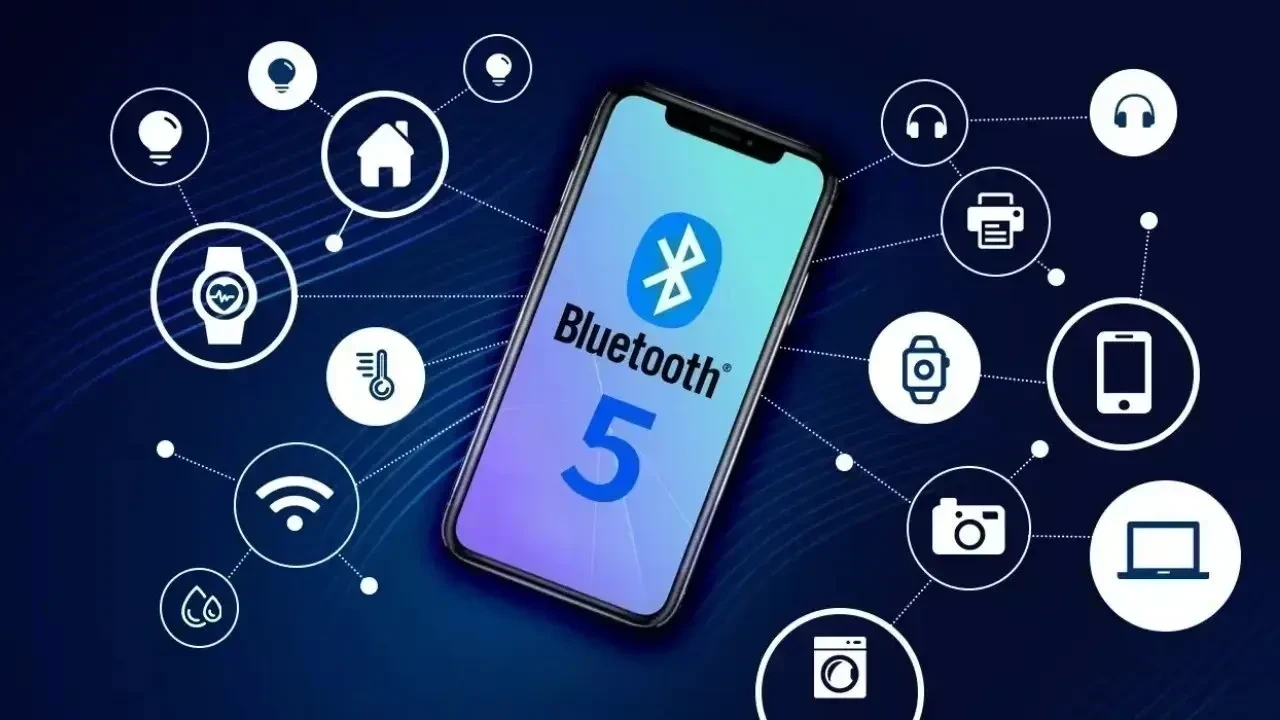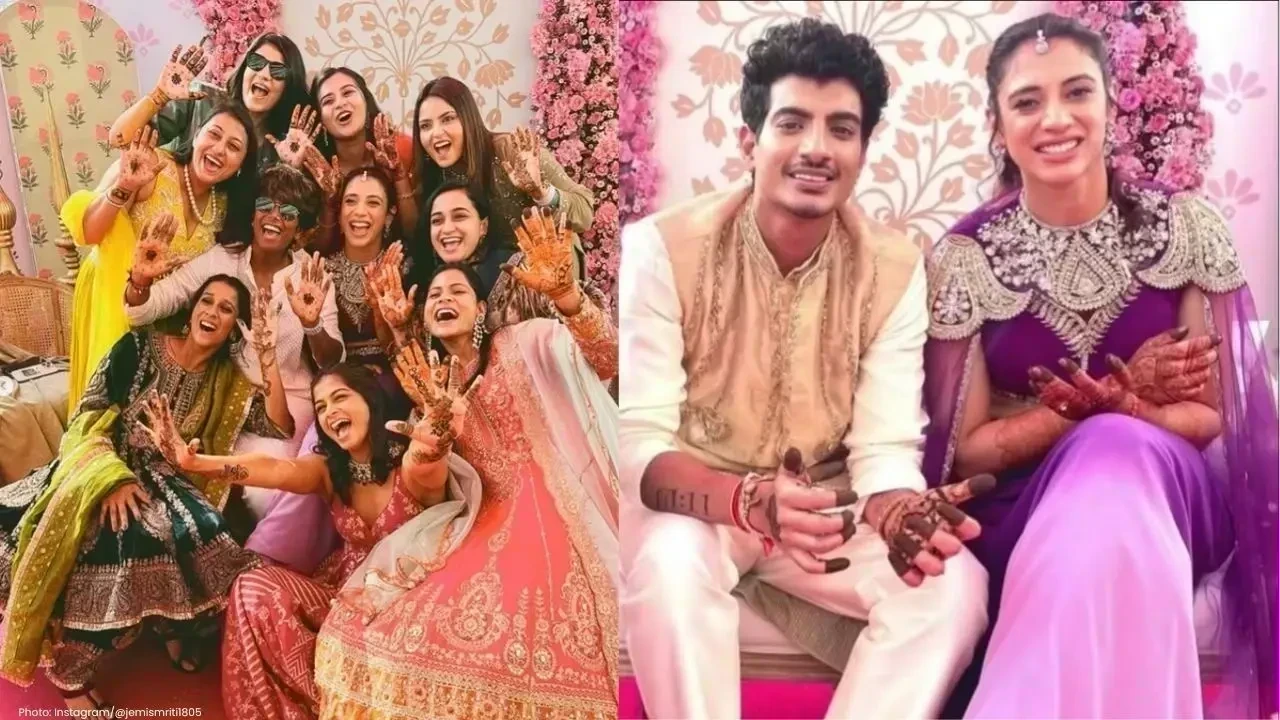
Post by : Anis Karim
Bluetooth has been one of the most universal wireless standards for decades, powering everything from headphones to smartwatches, speakers, controllers, home gadgets, and even medical devices. But this month, users around the world began noticing a subtle pattern: more devices are dropping support for older Bluetooth versions, particularly legacy 2.x, 3.x, and even early 4.x protocols.
This trend didn’t explode through major press events or announcements; instead, it unfolded quietly through product documentation updates, firmware changes, discontinued compatibility lists, and user reports. While tech giants position this shift as a natural evolution, it carries major implications for consumers with older devices, existing accessories, and certain specialized equipment.
Understanding why this transition is happening — and what it means — is essential for anyone relying on Bluetooth for daily connectivity.
Bluetooth versions determine:
connection stability
audio transmission quality
range and power consumption
speed of data transfer
ability to pair with newer devices
support for modern features like dual audio and low-latency modes
Older Bluetooth versions were not designed for modern use cases such as:
multi-device pairing
wireless gaming
lossless audio
high-bandwidth smartwatch syncing
real-time navigation accessories
wireless fitness tracking
As modern applications expand, older versions become incompatible or inefficient.
This underlying mismatch sets the foundation for why tech giants are now phasing them out.
Multiple factors are driving this sudden rise in discontinuations across the industry.
Older Bluetooth versions contain known vulnerabilities, including:
insecure pairing protocols
weak encryption
susceptibility to spoofing
flawed authentication mechanisms
Modern Bluetooth standards include:
stronger encryption
enhanced frequency hopping
secure pairing techniques
authentication safeguards
Tech giants want to eliminate legacy vulnerabilities that put users at risk.
Supporting older Bluetooth standards requires additional components, firmware layers, or fallback protocols. As companies streamline their hardware:
chipsets drop legacy support
firmware removes compatibility modes
device drivers simplify
testing cycles become faster
This reduces manufacturing and development costs.
Bluetooth Low Energy drastically changed the ecosystem by enabling:
longer battery life
faster connection setup
simultaneous device support
efficient communication for wearables and IoT
Old Bluetooth versions rely on more power-hungry classic protocols. Phasing them out encourages universal adoption of efficient standards.
New wireless audio improvements require newer Bluetooth versions, especially:
Bluetooth LE Audio
LC3 codecs
multi-stream audio
broadcast audio
These features cannot function on outdated protocols, forcing manufacturers to discontinue legacy support.
Today’s devices require simultaneous connectivity across:
phones
laptops
earbuds
cars
wearables
smart home devices
Older Bluetooth versions cannot multitask effectively or maintain stable connectivity in these environments.
Maintaining compatibility slows innovation. By dropping old versions, companies can:
push new features faster
align devices globally
simplify customer support
reduce fragmentation
roll out performance improvements
This “quiet transition” reflects an industry-wide shift toward standardizing the Bluetooth experience.
Reports from this month show declining support for:
Bluetooth 2.0/2.1
Bluetooth 3.0
early Bluetooth 4.0 implementations
outdated Bluetooth Classic modes
legacy pairing and fallback standards
Even some devices marketed as backward-compatible now only maintain limited partial support.
Not every category feels the shift equally. Certain devices face more disruption.
Many older audio products use outdated Bluetooth Classic profiles. As manufacturers shift to LE Audio, these earbuds and headphones:
experience pairing failures
disconnect frequently
suffer audio lag
stop being recognized entirely
Early-generation fitness trackers relied on outdated low-speed protocols. They struggle to sync with modern smartphones that no longer support legacy profiles.
Several laptop models — especially those 5–10 years old — cannot connect reliably with modern peripherals.
Many older car systems only support outdated Bluetooth phone and media profiles. As phones drop compatibility, users face:
failed call connections
disappearing audio options
limited media controls
Some units, especially older home health tools, may require adapters or updated hubs to maintain connectivity.
Legacy wireless controllers often experience input delays or fail to pair altogether with updated systems.
Users were surprised because companies made no major public announcements.
This silence was intentional.
Announcing the discontinuation of compatibility can generate controversy. Quiet rollouts avoid negative press.
Brands prefer to update documentation, firmware notes, and support pages gradually rather than shock consumers.
By allowing compatibility to fade naturally, companies encourage organic customer upgrades rather than forcing sudden transitions.
Some countries have wide adoption of legacy devices. Quiet rollouts prevent regional frustration.
Public announcements would require extensive developer support channels. Quiet transitions reduce this pressure.
Despite criticism, phasing out older Bluetooth versions brings real advantages.
Modern Bluetooth provides more consistent connections with fewer dropouts.
Newer Bluetooth versions support:
clearer calls
higher audio bandwidth
multi-stream capabilities
Updated protocols allow instant device recognition and nearly seamless switching.
Bluetooth LE significantly increases battery efficiency across devices.
Security improvements protect users from:
unauthorized access
spoofing
data leaks
Modern Bluetooth supports smart home devices, IoT products, and integrated multi-device experiences.
However, the transition isn’t entirely positive.
Users with functioning older devices may find them suddenly unusable.
Consumers feel pushed toward newer devices, raising costs.
Households using a mix of old and new gadgets face connectivity inconsistency.
Old devices become harder to reuse, resell, or refurbish.
Users often cannot determine whether failures come from:
device hardware
Bluetooth version mismatches
firmware changes
outdated profiles
As the phase-out accelerates, consumers must adapt strategically.
Always verify whether your existing gadgets will remain compatible.
Many compatibility issues can be fixed with software updates.
Budget accessories often rely on outdated versions that may fail soon.
Smartphones, laptops, and tablets act as central connectivity hubs. Keeping these updated ensures smoother compatibility.
Bluetooth transmitters and receivers can bridge gaps but are not long-term fixes.
Bluetooth technology is evolving rapidly.
This brings better sound and lower power usage.
Seamless switching between devices will improve dramatically.
Future devices may offer room-level precision.
Low-latency standards will power immersive experiences.
Smart homes, wearables, and accessories will rely heavily on advanced Bluetooth frameworks.
The phase-out of older versions is the first step toward enabling this next generation.
The quiet discontinuation of older Bluetooth versions marks a pivotal moment in the tech ecosystem. While the transition brings frustration for users with legacy devices, it also paves the way for faster, more secure, more efficient, and feature-rich wireless experiences.
Tech giants are pushing this shift not just to simplify hardware, but to prepare for the next era of wireless connectivity — one dominated by Bluetooth LE, multi-stream audio, integrated IoT systems, and advanced wearable experiences.
For now, consumers should stay informed, check device compatibility, and prepare for a world where older Bluetooth versions fade away in favour of more capable and future-ready standards.
This article provides general insights into Bluetooth trends and industry transitions. Product compatibility varies by manufacturer, device model, and region. Users should refer to device manuals and official support channels for specific information.

Saudi Arabia Shines Bright at Islamic Solidarity Games 2025
With 57 medals, Saudi Arabia excels at the Islamic Solidarity Games 2025, celebrating its achievemen

Over 300 Students, Staff Kidnapped from Nigerian Boarding School
More than 300 students and staff were kidnapped from a Nigerian school, prompting President Tinubu t

Shilpa Shetty & Raj Kundra Celebrate 16 Years of Love
Shilpa Shetty and Raj Kundra mark their 16th wedding anniversary with a funny, heartwarming video ce

Smriti Mandhana & Palash Muchhal’s Vibrant Pre-Wedding Festivities
Smriti Mandhana and Palash Muchhal dazzle fans with colorful mehendi and haldi celebrations, countin

Taijul Islam Becomes Bangladesh’s Top Test Wicket-Taker
Taijul Islam became Bangladesh’s leading Test wicket-taker with 248 wickets, surpassing Shakib Al Ha

Bavuma Becomes Second-Fastest SA Captain to 1,000 Test Runs
South Africa skipper Temba Bavuma reaches 1,000 Test runs in 20 innings, second-fastest after Graeme

Tyson Shuts Nebraska Beef Plant Amid Historic Cattle Shortage
Tyson Foods to close Nebraska beef plant as U.S. cattle hit 75-year low, pressuring meat prices and

Taijul Islam Becomes Bangladesh’s Top Test Wicket-Taker
Taijul Islam became Bangladesh’s leading Test wicket-taker with 248 wickets, surpassing Shakib Al Ha

Bavuma Becomes Second-Fastest SA Captain to 1,000 Test Runs
South Africa skipper Temba Bavuma reaches 1,000 Test runs in 20 innings, second-fastest after Graeme

Indian Shuttler Lakshya Sen Beats Chou Tien Chen in Semifinal
Lakshya Sen beats world No. 6 Chou Tien Chen in a thrilling 3-game semifinal to reach Australian Ope

Manuel Arias Banned by FIFA Weeks Before 2026 World Cup
FIFA bans Panama football president Manuel Arias for six months and fines him for not respecting a p

France to Face Brazil and Colombia in World Cup Friendly Games
France will play friendly matches against Brazil and Colombia in March 2026 in the US, ahead of the

Australia Win First Ashes Test with Travis Head’s Century
Travis Head scores 123 to guide Australia to an eight-wicket win over England in Ashes opener. Head

Australia Crush England in First Ashes Test at Perth Stadium
Australia stunned England in the first Ashes Test with Head's century and Starc and Boland taking ke

Sydney Sixers Beat Hobart Hurricanes to End Their Winning Streak
Sydney Sixers defeated the unbeaten Hobart Hurricanes by 11 runs, powered by Ash Gardner’s brilliant